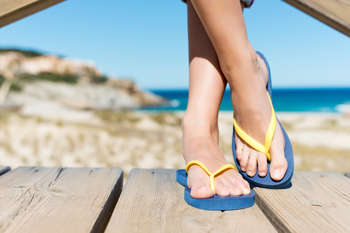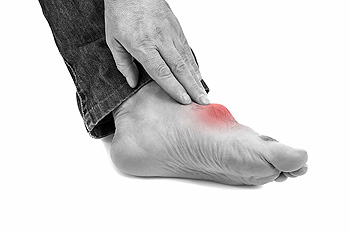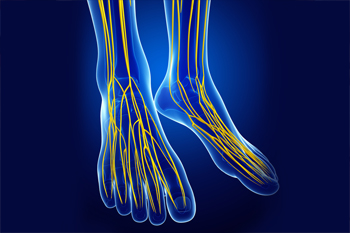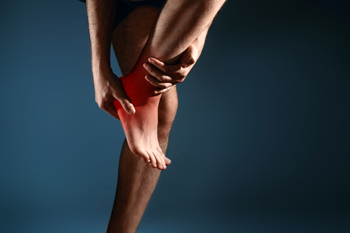 Hammertoes are a deformity of the joints in the toes that can cause them to bend abnormally. This may result in pain in the affected toes and can lead to an increased risk of developing corns and calluses. Hammertoes have a variety of causes. Some of the most common causes include biomechanical dysfunction, intrinsic muscle imbalances, toe injuries, and wearing high heels or ill-fitting shoes. Other conditions, such as bunions, flat feet, arthritis, diabetes, and certain neuromuscular disorders, are associated with developing hammertoes. You may also have an increased risk for hammertoes if you are older, a woman, or if you have unusually long toes. If you notice a hammertoe developing, it is recommended that you consult with a podiatrist.
Hammertoes are a deformity of the joints in the toes that can cause them to bend abnormally. This may result in pain in the affected toes and can lead to an increased risk of developing corns and calluses. Hammertoes have a variety of causes. Some of the most common causes include biomechanical dysfunction, intrinsic muscle imbalances, toe injuries, and wearing high heels or ill-fitting shoes. Other conditions, such as bunions, flat feet, arthritis, diabetes, and certain neuromuscular disorders, are associated with developing hammertoes. You may also have an increased risk for hammertoes if you are older, a woman, or if you have unusually long toes. If you notice a hammertoe developing, it is recommended that you consult with a podiatrist.
Hammertoes can be a painful condition to live with. For more information, contact one of our podiatrists of Westside Podiatry Center, LLP. Our doctors will answer any of your foot- and ankle-related questions.
Hammertoe
Hammertoe is a foot deformity that occurs due to an imbalance in the muscles, tendons, or ligaments that normally hold the toe straight. It can be caused by the type of shoes you wear, your foot structure, trauma, and certain disease processes.
Symptoms
- Painful and/or difficult toe movement
- Swelling
- Joint stiffness
- Calluses/Corns
- Physical deformity
Risk Factors
- Age – The risk of hammertoe increases with age
- Sex – Women are more likely to have hammertoe compared to men
- Toe Length – You are more likely to develop hammertoe if your second toe is longer than your big toe
- Certain Diseases – Arthritis and diabetes may make you more likely to develop hammertoe
Treatment
If you have hammertoe, you should change into a more comfortable shoe that provides enough room for your toes. Exercises such as picking up marbles may strengthen and stretch your toe muscles. Nevertheless, it is important to seek assistance from a podiatrist in order to determine the severity of your hammertoe and see which treatment option will work best for you.
If you have any questions, please feel free to contact one of our offices located in Liverpool, Camillus, Skaneateles, Oswego, and Cicero, NY . We offer the newest diagnostic and treatment technologies for all your foot care needs.









